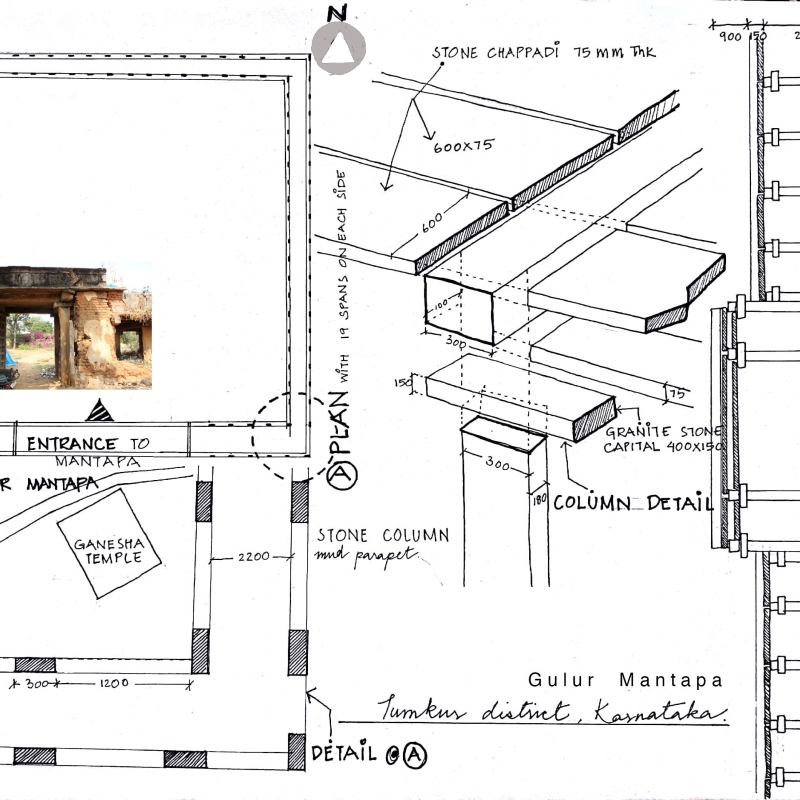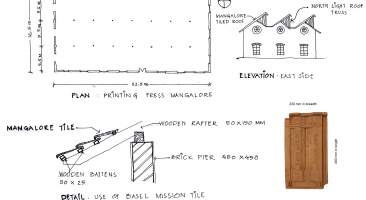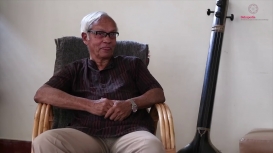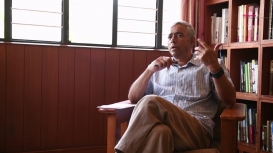This module documents and traces the native methods of building in South India, especially its roofing systems, before and after the Industrial Revolution. Circumstantial reasons and resources shape this trajectory and provide for unique practices in the region. From mud roofs to thatch roofs, to potters' tiles, to mechanically produced Mangalore tiles, which adorn many heritage buildings, each has its own unique historical significance in India. The module specially focuses on fired clay components, especially Mangalore tiles, first made by the Basel Mission in 1865 and are still continuing to be made, as an example to demonstrate the significance of process. Potters’ tiles, clay columns, drainage pipes, ceiling and flooring are some of the building components which were made by craftsmen in the early 19th century in the Mangalore region. With the introduction of steam power and mechanization in 1865 by Basel Mission in Mangalore, they transform in their form, production and use.

Priya Joseph
Priya is an Architect. Her practice and research focuses on the tectonics and uses of native and colonial earth based material to create built spaces. She is presently a Ph.D candidate with the Srishti Institute of Art, Design and Technology , affiliated with Manipal University.





